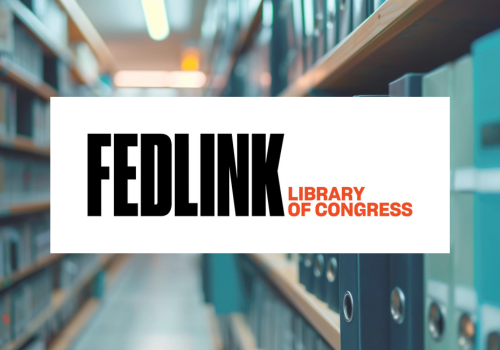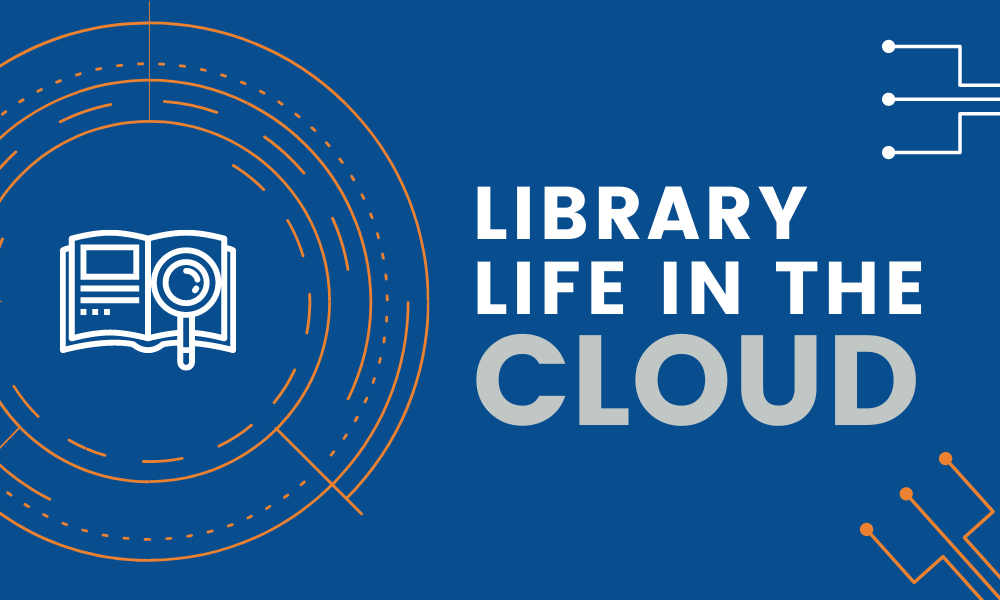With so much information available electronically, libraries everywhere—whether law firm, corporate or government—are under the microscope and increasingly called upon to justify the precious real estate they occupy.
Federal libraries in particular face an uphill battle for funding in the face of competing budget priorities and calls to cut costs. As technology makes information more accessible through digital devices, the role of federal libraries and librarians are being reevaluated. To counter this, federal librarians need to innovate and advocate on behalf of their collections and services to both users and decision makers.
Valuing Federal Libraries argues that a conventional cost-benefit analysis that focuses on economic return on investment (services offered and their usage)—of the kind that is often done to measure the worth of public and university libraries—doesn’t work so well in the federal library context. In our white paper, we propose that federal librarians need to make the case to agency leadership by demonstrating how the library’s services further the government agency’s mission.
Mission, output and results
The library’s mission, goals, objectives and services should align directly with those of the federal agency and executive department it serves. The first step in valuing federal libraries is determining how their value should be measured.
They need to create a narrative that gives their stakeholders “MORe”:
- Mission: Documentation showing strategic alignment of the library to the agency’s mission.
- Output: Quantifiable data about the work performed.
- Results: Qualitative information about the results achieved.
Libraries can show how they contribute value to the agency through both quantitative data (items circulated, number of reference requests) and qualitative feedback from users (success stories, case studies). The goal is to show how the output of the library produces results that further the mission of the department or agency. Since their valuable work is often invisible, federal librarians need to show how they are a critical link between their organization’s operations and its information technology infrastructure. By making the invisible visible, they can help stakeholders and decision makers better value the library and understand the need for adequate government funding.
Some of the ways they can do this include looking at how frequently research published by the agency cites material obtained from library resources, or how often web searches by the public hit on links to library pages.
Engaging user communities
In addition to showing how federal librarians demonstrate the value and impact of their work for the agency and the general public, we also discuss ways to engage their users to create a community of advocates to champion the library. Drawing upon the mission of the agency and the library, librarians can develop new information products and services that help agency staff achieve their strategic goals. These can take the form of seminars and brown bag lectures on subjects that are a priority for the agency, or coming up with ways to streamline the delivery of information that users need.
We discuss an approach for conducting an assessment and evaluation of the information needs and practices of the user community. We then show how to develop new products and services that fill unmet users’ needs, reduce redundant services, and improve efficiency and effectiveness within the agency.
The white paper concludes by explaining why the federal agency library must be a:
- Data and information hub
- Knowledge creator
- Space for collaboration
Valuing Federal Libraries is available as a free download below.



